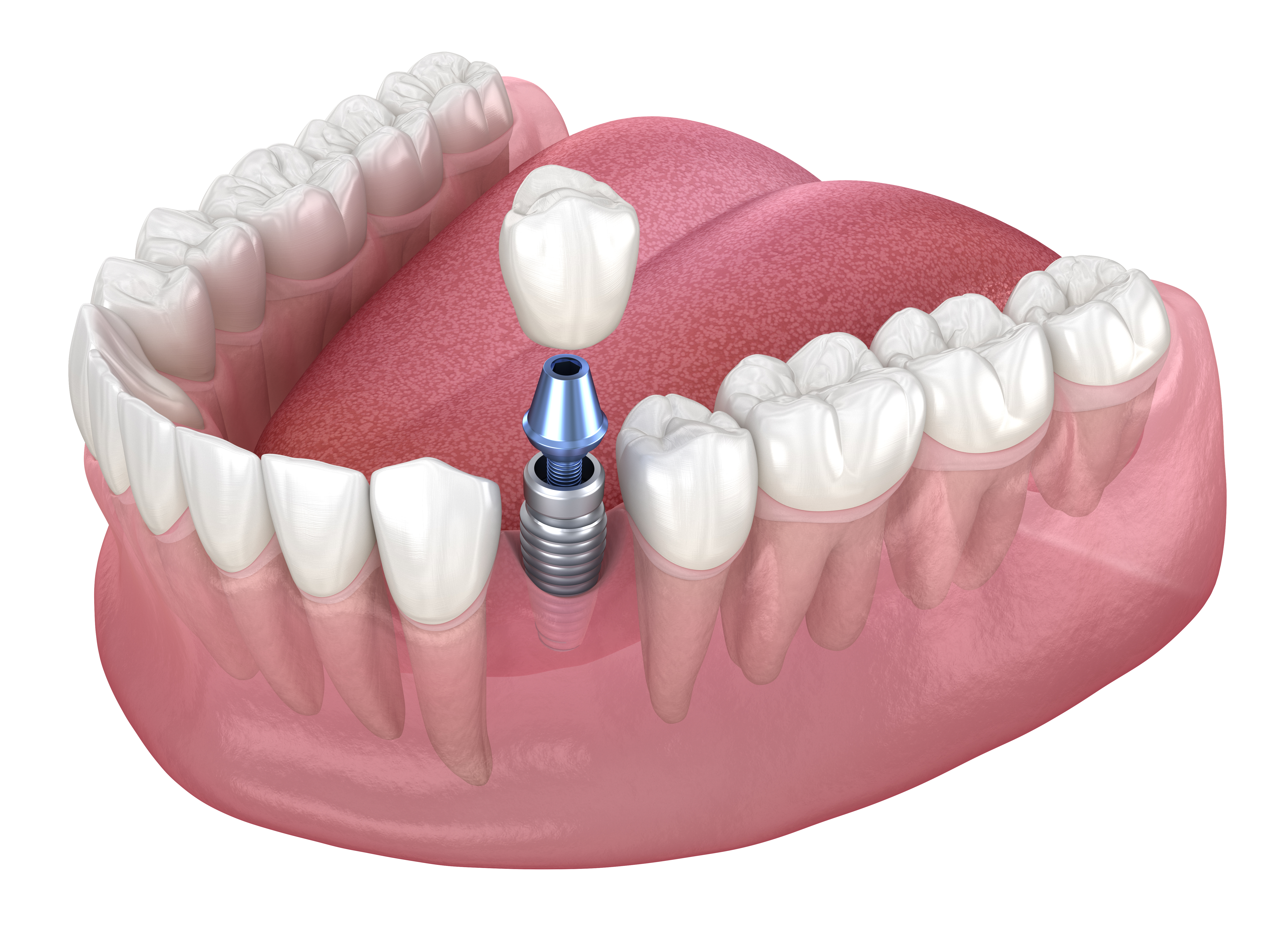Discover the Future of Dental Implants: Screwless Solutions for a New Era
Dental implant technology has evolved significantly in recent years, particularly benefiting seniors seeking tooth replacement options. Among the most innovative developments are screwless dental implants, which offer a less invasive alternative to traditional methods. These revolutionary solutions are changing how dental professionals approach tooth restoration, providing seniors with more comfortable, efficient, and potentially longer-lasting options for maintaining their oral health and quality of life.

Dental implants have long been considered the gold standard for replacing missing teeth, particularly for seniors who often face tooth loss due to age-related factors. Traditional implants typically involve titanium screws surgically placed into the jawbone to support artificial teeth. However, innovative approaches are now transforming this field with the introduction of screwless dental implant technology. This advancement represents a significant shift in how dental professionals approach tooth restoration, offering new possibilities for seniors seeking long-lasting, comfortable solutions for missing teeth.
What Are Screwless Dental Implants?
Screwless dental implants represent an evolution in implant dentistry that eliminates the need for traditional threaded screws. Instead, these systems utilize alternative mechanisms such as friction-fit connections, press-fit designs, or specialized locking mechanisms to secure the implant to the jawbone. The implant body is typically designed with a tapered shape or specific surface features that allow it to be gently pressed or tapped into position rather than screwed into the bone.
These implants are engineered to achieve primary stability through mechanical engagement with the bone rather than through threading. Some systems use expansion mechanisms that allow the implant to widen slightly after placement, creating a secure fit against the surrounding bone tissue. This approach minimizes trauma to the bone during placement and can be particularly beneficial for seniors with compromised bone density.
Why Are Screwless Implants Becoming a Popular Choice?
The growing popularity of screwless implants among seniors stems from several key advantages they offer over conventional systems. First, the placement procedure is generally less invasive and traumatic to the bone tissue. This is particularly important for older adults who may have reduced bone density or compromised healing capacity due to age-related factors or medical conditions like osteoporosis.
Screwless systems also typically require fewer surgical steps and less drilling, which can translate to shorter procedure times and reduced discomfort during recovery. For many seniors with dental anxiety or those who find lengthy dental procedures challenging, this streamlined approach offers significant appeal. Additionally, some screwless designs allow for immediate or early loading of the implant with a temporary restoration, reducing the total treatment time and allowing patients to regain functional teeth more quickly.
How Do Screwless Implants Work?
The mechanics of screwless dental implants vary depending on the specific system, but most operate on principles that differ fundamentally from traditional threaded implants. One common approach involves a tapered implant body with specialized surface features designed to achieve initial stability through compression rather than threading. When placed into a precisely prepared socket in the jawbone, these implants create an intimate contact with the surrounding bone tissue.
Some systems incorporate expansion mechanisms that activate once the implant is positioned. These allow the implant to widen slightly, creating pressure against the bone walls for immediate stability. Others use specialized surface treatments or macro-designs that enhance osseointegration—the biological process where bone cells grow directly onto and into the implant surface. This integration happens over time, providing long-term stability similar to that of traditional implants but often with less initial trauma to the bone.
The prosthetic components that attach to screwless implants also differ from conventional systems. Rather than using small screws to secure the abutment and crown, many screwless systems utilize friction-fit connections, locking tapers, or other mechanical retention methods that eliminate potential weak points in the restoration.
Comparing Screwless and Traditional Dental Implants
When evaluating implant options, understanding the differences between screwless and traditional systems is crucial for making an informed decision. Traditional implants have decades of clinical research supporting their long-term success, while screwless systems represent newer technology with growing but less extensive documentation.
| Feature | Traditional Screw Implants | Screwless Implants |
|---|---|---|
| Surgical Trauma | More extensive drilling and threading | Reduced bone trauma, less drilling |
| Procedure Time | Typically longer | Generally shorter, more streamlined |
| Healing Period | 3-6 months standard protocol | Often allows for faster loading |
| Bone Density Requirements | May require bone grafting for insufficient density | Some designs work better with compromised bone |
| Risk of Micro-movement | Can occur if not properly torqued | Generally reduced due to design |
| Cost Range | $3,000-$5,000 per implant | $3,500-$6,000 per implant |
Prices, rates, or cost estimates mentioned in this article are based on the latest available information but may change over time. Independent research is advised before making financial decisions.
The Key Benefits of Screwless Dental Implants
For seniors specifically, screwless dental implants offer several distinct advantages that address common challenges faced with traditional implant systems. The reduced surgical trauma is particularly beneficial for older adults who may have compromised healing capacity or take medications that affect bone metabolism. Less invasive procedures typically result in reduced post-operative discomfort and swelling, which can be especially important for seniors with other health considerations.
The potential for faster treatment completion with some screwless systems means less time spent in dental appointments and a quicker return to normal function. This can significantly impact quality of life for seniors who rely on proper dentition for nutrition and social confidence. Additionally, the elimination of small screws in some systems removes components that can potentially loosen over time, potentially reducing maintenance requirements.
Some screwless designs also distribute forces more evenly throughout the implant and surrounding bone, which may help preserve bone volume over time—an important consideration for seniors who already face natural bone loss with aging. The streamlined components in many screwless systems can also make hygiene maintenance easier, which benefits seniors who may have dexterity challenges.
While screwless dental implants represent an exciting advancement in implant dentistry, they’re not universally appropriate for all seniors. The optimal implant system depends on individual factors including bone quality, medical history, functional needs, and budget considerations. A comprehensive evaluation by a dental implant specialist remains essential for determining the most suitable approach for each individual’s unique circumstances.
As research continues and technology evolves, screwless dental implants will likely continue to improve, potentially offering even greater benefits for seniors seeking tooth replacement solutions in the future. These innovations represent a promising direction in making dental implant therapy more accessible and comfortable for the growing senior population.
This article is for informational purposes only and should not be considered medical advice. Please consult a qualified healthcare professional for personalized guidance and treatment.


